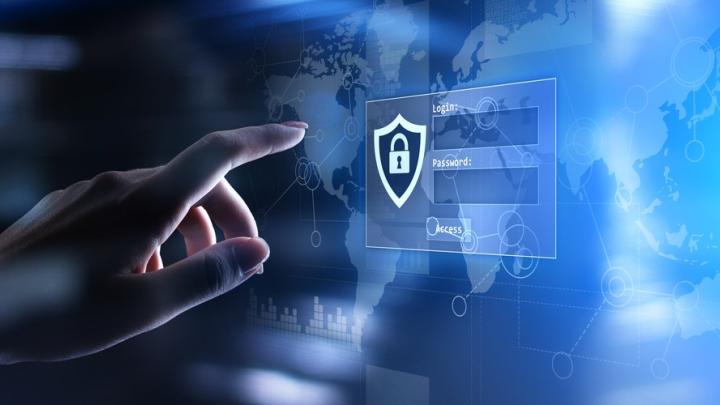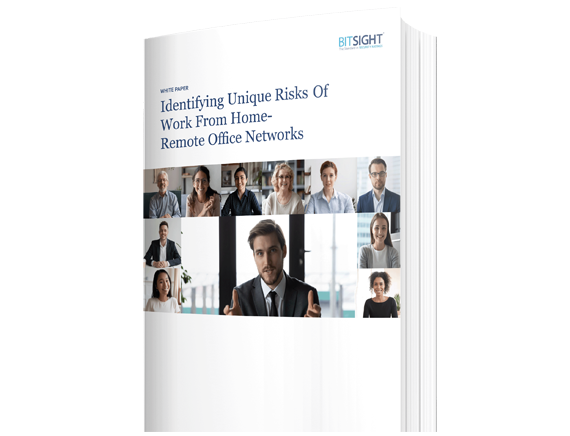Work from home-remote office networks are 7.5x more likely to have at least five distinct families of malware. Learn more about the hidden dangers lurking in residential networks.
Is Single Sign-On Secure? SSO Benefits for Remote Work
Tags:

Remote work has always introduced unique and evolving cyber risks. In our “new normal” operating environment, where entire workforces have gone remote, IT security teams are facing an unprecedented challenge.
Thankfully, single sign-on offers a simple solution to streamline and consolidate access to networks and systems — helping to mitigate some of the risk inherited with remote workforces. Let’s dive into how single sign-on can work for your organization.
What is single sign-on?
Single sign-on (SSO) technology allows organizations to gate access to all of an employee’s credentialed platforms in one place.
SSO comes with the dual benefits of improving employee productivity while giving you more control over user permissions — ultimately empowering you to improve your organization’s security program performance.
Benefits of single sign-on for employees
There are two primary benefits of SSO for employees:
One-stop access to systems — Employees log in to a single sign-on platform once, and then can access the tools they need without encountering more login screens. This saves time and reduces frustration, helping to create a more efficient workforce.
Fewer forgotten passwords — Forgotten passwords equal lost time during the workday and, sometimes, tickets for IT. SSO makes remembering multiple passwords a thing of the past. Users can also choose more secure passwords without worrying about forgetting them.
Benefits of SSO for IT security teams
Single-sign-on can help streamline IT security processes, especially among remote teams. Here’s how:
Consolidated access management — Tracking logins for numerous systems is tedious and time-consuming work, and can lead to access points being left open accidentally. SSO can help admins manage credentials for multiple systems from one place.

Reduced risk of social engineering passwords — Streamlining access with SSO reduces the likelihood that employees will store passwords in unsecure formats, like text documents or handwritten notes.
Tighter control — Using SSO, IT security teams can establish custom security protocols across systems, like password strength requirements and session timeouts.
What to account for when selecting a single sign-on provider
So is single-sign-on secure? The short answer is yes, in most cases. But not all SSO providers are equal. Here are some things to look for when choosing a solution:
Uptime — Uptime is among the most important considerations when choosing a single sign-on provider. After all, an SSO service outage can lock your entire team out of all their applications and systems at once, bringing work to a halt.
MFA control — Multi-factor authentication makes single sign-on doubly secure. Look out for an SSO provider that supports strict MFA requirements.
Connection requirements — Some SSO platforms require users to be signed into a secure network or VPN in order to access networks or systems that may contain sensitive information. This extra security measure can prevent costly breaches.
The unique risks of remote office networks
Remote work is here to stay, and IT security teams have to find ways to adapt to both protect their expanding networks and help their business continue to operate efficiently. Single sign-on is one element of a holistic security approach that includes software tools, process changes, and great communication.
The first step toward maintaining good cybersecurity hygiene is understanding the risks that come from the new dispersed workforce reality. Download our research report to learn more about the hidden dangers lurking in residential networks.


